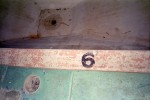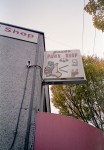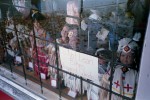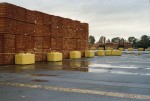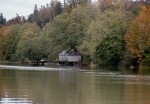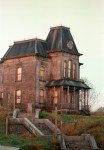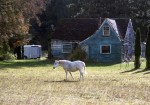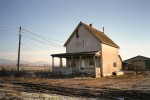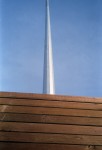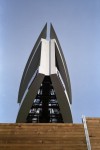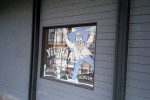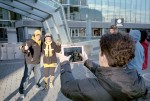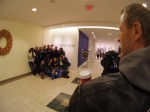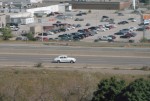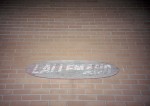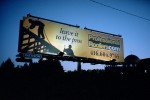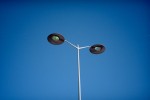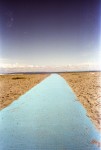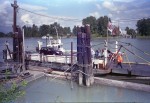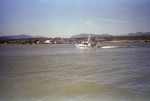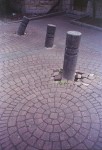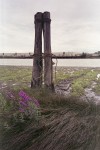Apr
3
2015

If creating sharp undistorted well exposed images are your aim then move along this is not the camera for you. If you want a built-in ‘Lens-Baby’ like experience then this is the camera. The center of the image is bounded by a cocoon of soft distortion. There is one single aperture of f6.7 for the 28mm lens and the shutter is limited to 1/60 of a second with flash and 1/60 – 1/180 without. The lens appears to be plastic and without any coatings. The focus is fixed but works well enough at f6.7 to provide enough depth of field to render most things in focus. A non adjusted image looks a little like this.

So let me re-iterate this is the camera for taking distorted pictures but not for capturing that once in a lifetime moment you’ve always imagined you will print and put in a gallery.
no comments | tags: film, Konica, Photography | posted in Cameras, Photography
Mar
31
2015
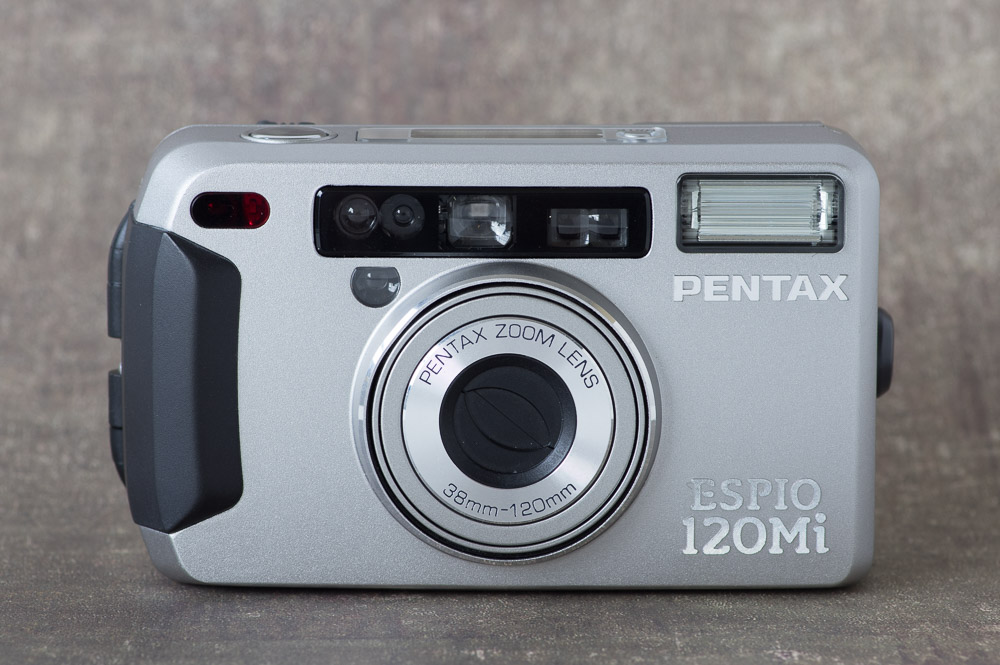
The Pentax Espio 120 Mi is a compact 35mm camera that reminds me of the Efina T both are angular and have a tough metal body that allows them to survive thrift store bins while their plastic brethren slowly get scratched to oblivion.
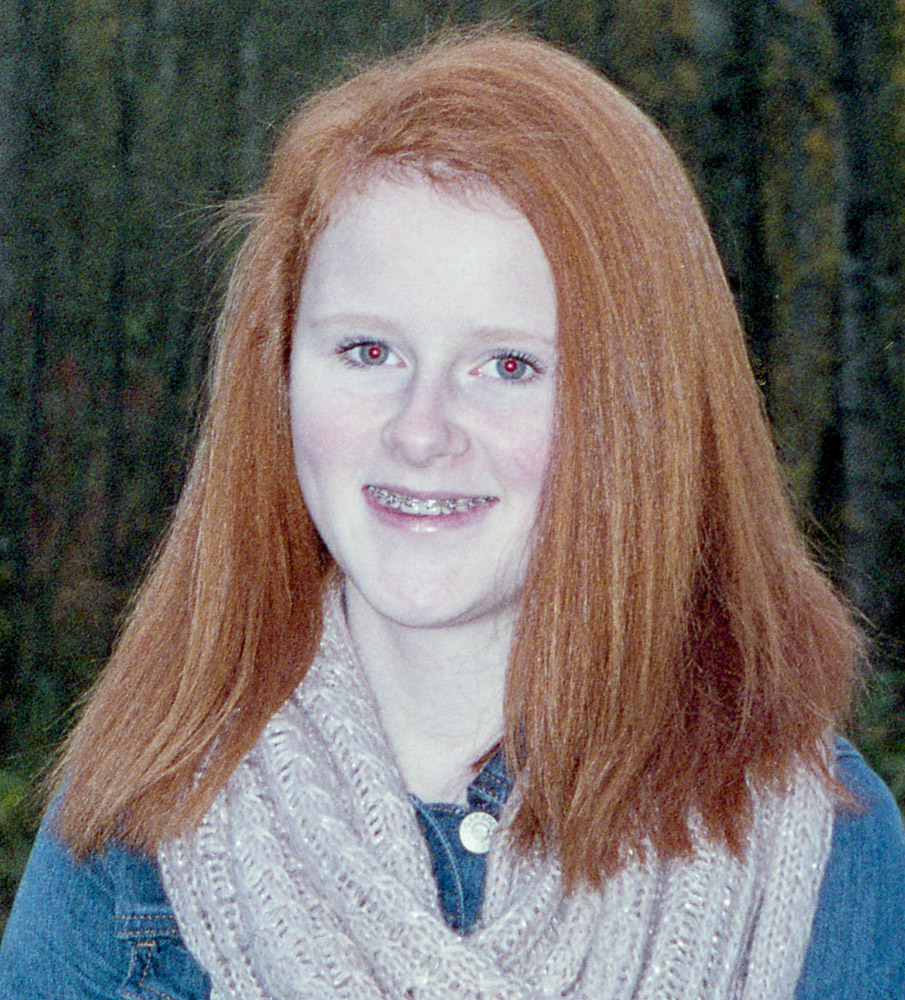
As you can see there is a need to use red-eye reduction when using the flash for portraits.
And flash is required in all but the best light with it’s slow f5-12.5 lens. Seriously though this was the biggest problem with these cameras and the reason that so many people got back blurry images and got discouraged, why wouldn’t you try the new digital cameras that were coming out. (Note: the early digital cameras were actually worse but improved rapidly) What the Pentax Espio 120Mi does have in its favour is accurate autofocus and exposure metering. It is a nice design and on the smaller side but 38-120mm f5-12.5 doesn’t cover enough of a focal range or enough light gathering to recommend it over other similar cameras. It is however a nice example of camera design from the turn of the last millennium. It is only marginally larger than an Olympus Stylus Epic yet provides a zoom lens.
One thing about one camera: The Pentax Espio 120 Mi uses a hinged lever that you lift and turn 45degrees to open the back resulting in very well secured film. This design seems to first appear with APS film cameras and evolves and is seen again with the battery release and memory card access on the K10D DSLR. It ultimately makes its way into the professional models of Canon Nikon and the Pentax 645Z.
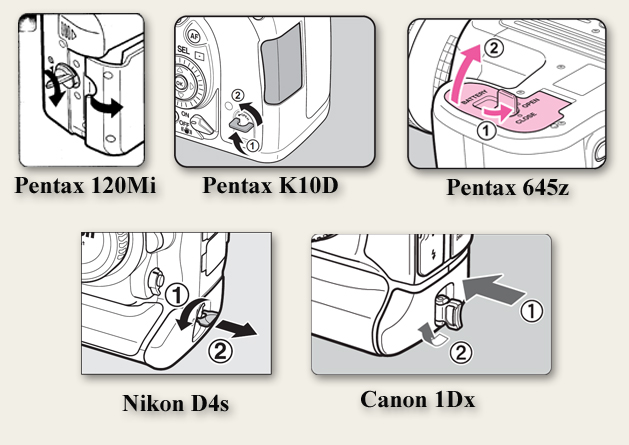
Thank you APS film for giving us something of use!
no comments | posted in Cameras, Photography
Mar
27
2015

Also know as the Ricoh Shotmaster 130 Super
I’ve written about this camera previously but there are a few unique details that I haven’t mentioned.
The auto backlight control is coupled to the focus system, if a backlit subject is greater than 20 feet away it will adjust the exposure alone but if the subject is closer it will use fill flash, nice and automatic.
In Super Night Shot mode if you are taking a portrait the camera will first focus to infinity and take an exposure for up to 2 seconds it then closes the shutter refocuses on the subject and takes a second exposure with flash, if there is no subject within 6m then the camera just takes the long exposure without the second flash image.
The RZ3000 can adjust exposure for light levels in the range of 3.5EV to 17EV. (EV 3.5 with ISO 400 film would be something like candle light or a night scene with lights)
Originally listed at around $300 in 1996 the RZ3000 can now be had for less than the cost of a roll of film, although this fate is not unique to it. If it wasn’t for the complete depreciation of these cameras I couldn’t hope to have this much fun.
no comments | tags: film camera, Ricoh | posted in Cameras, Photography
Mar
22
2015
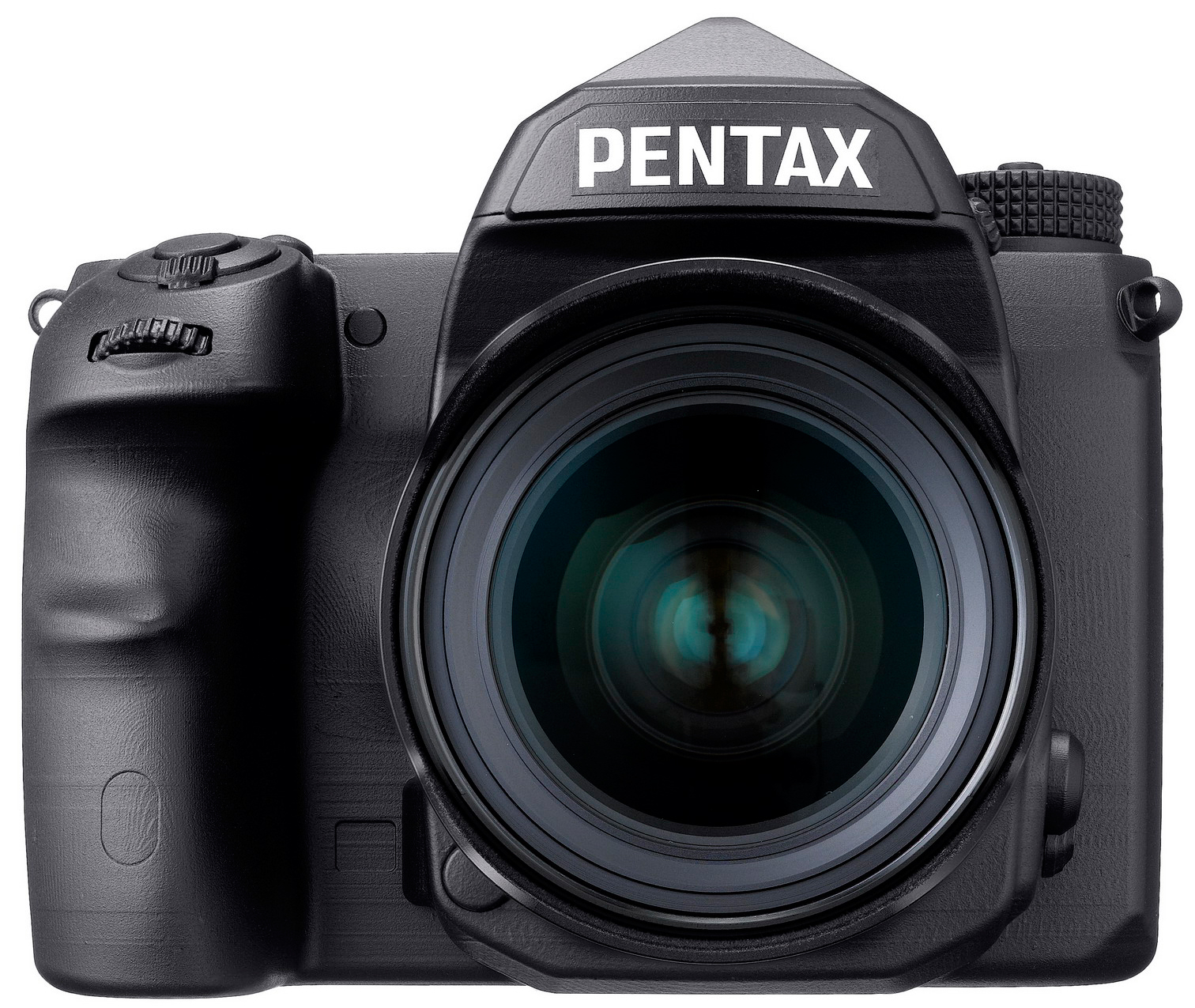
With Pentax announcing that they will be releasing their DSLR with the same size sensor as 35mm film (know now as ‘Full Frame’) I wanted to try a test with some lenses designed for a APS-c digital image circle. Pentax refers to these as ‘DA’ lenses. There are some lenses that are designed for use with either format these lenses are designated as ‘DFA’, I’m not interested in these for this purpose, as I know they will work as would older lenses from film cameras. So back to the DA lenses. It seems that the only lenses that can be considered to work with the larger format will be prime lenses (single focal length). The zoom lenses designed for APS-c cause heavy vignetting and will likely need to be used in a crop mode rather than covering the entire full frame sensor.
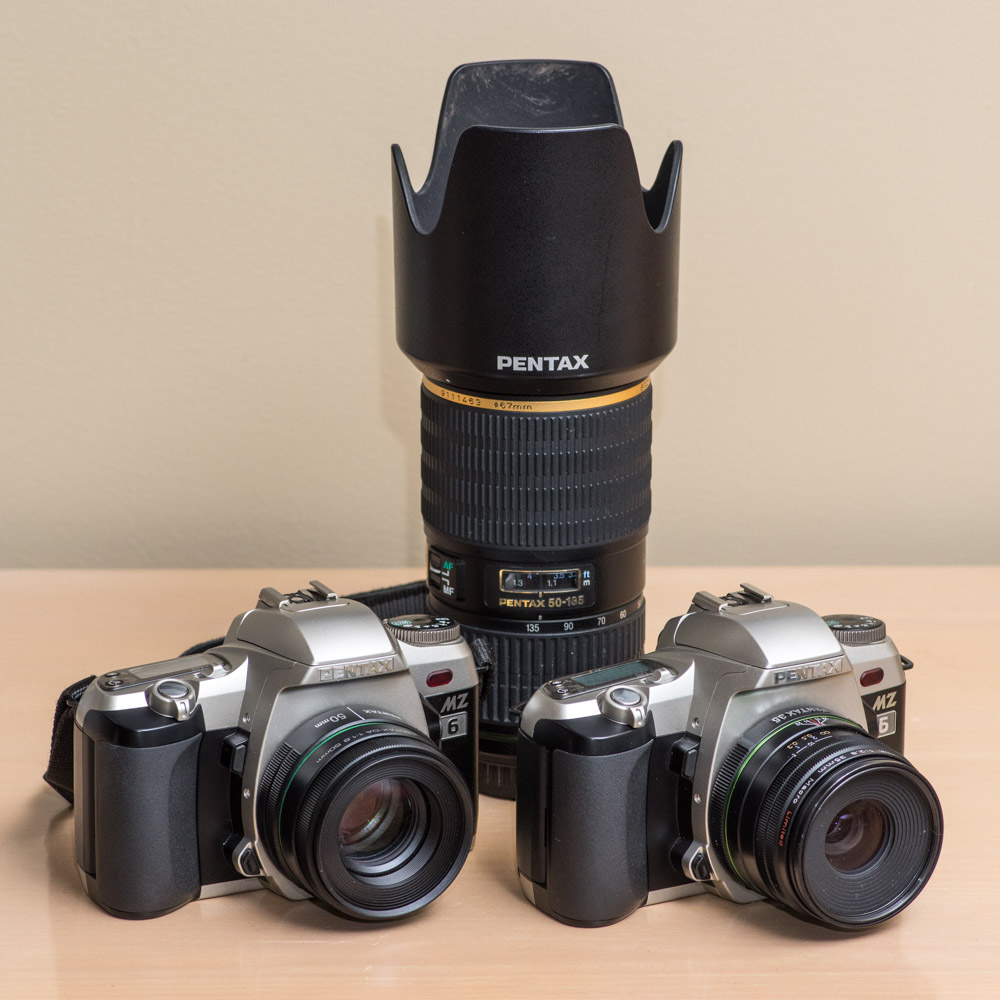
Pentax SMC-DA* 50-135mm f/2.8 ED [IF] SDM , Pentax SMC DA 50mm f/1.8, and the SMC DA 35mm f/2.8 Limited macro
An example of the extreme vignetting is this image taken with the DA*50-135 set at 50mm and f2.8
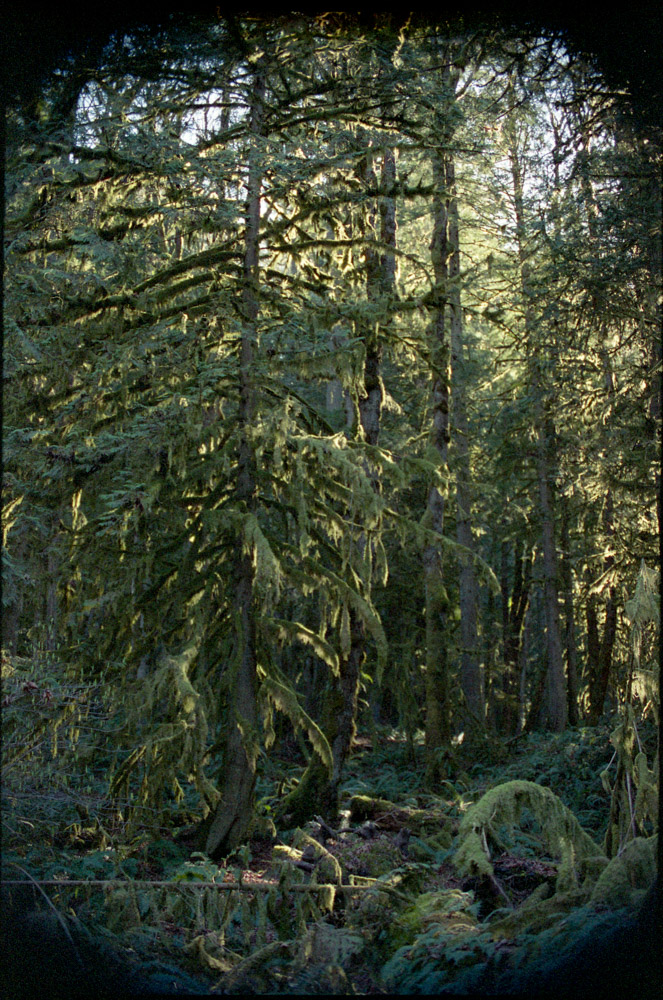
You can see that it doesn’t come close to covering ‘Full Frame’ with severe vignetting. The situation is better at 135 stopped down to f4 but the vignetting is still heavy in the corners.
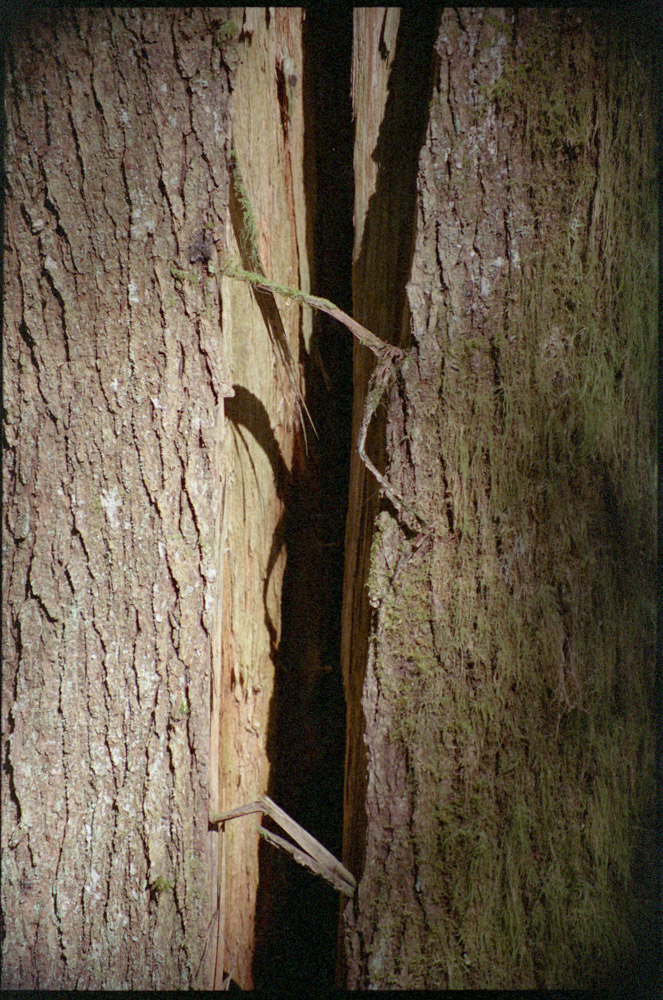
So moving on to the prime lenses where there is a much better chance of them covering the full image circle of the 35mm frame. I should probably mention the fact that I used what I knew would be some bad film. It was some very out of date Kodak 400 but because my primary objective was to test the lenses for their coverage I choose to use it.
First up is the DA 50 1.8 I took only 2 shots with it the first one at f4 and the second at f1.8 and it clearly covered the full 35mm frame with little to no vignetting in fact it seems perfectly suited to Full Frame.
With only a 24 frame roll of film my attention turned to what I was most interested in the DA 35 ltd a fantastic lens that I had hopes would work with the future full frame camera. At f9.5 you can see there is no issue the lens easily covers the larger surface area without any vignetting.
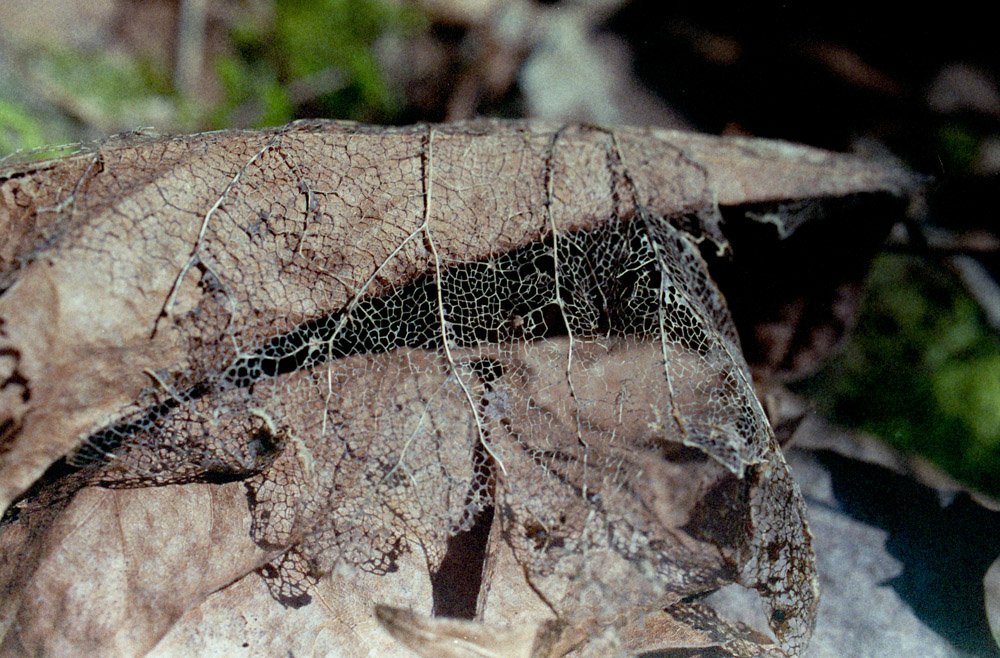
Moving to f5.6 with the following images it can be seen that the lens works fine at this opening too.
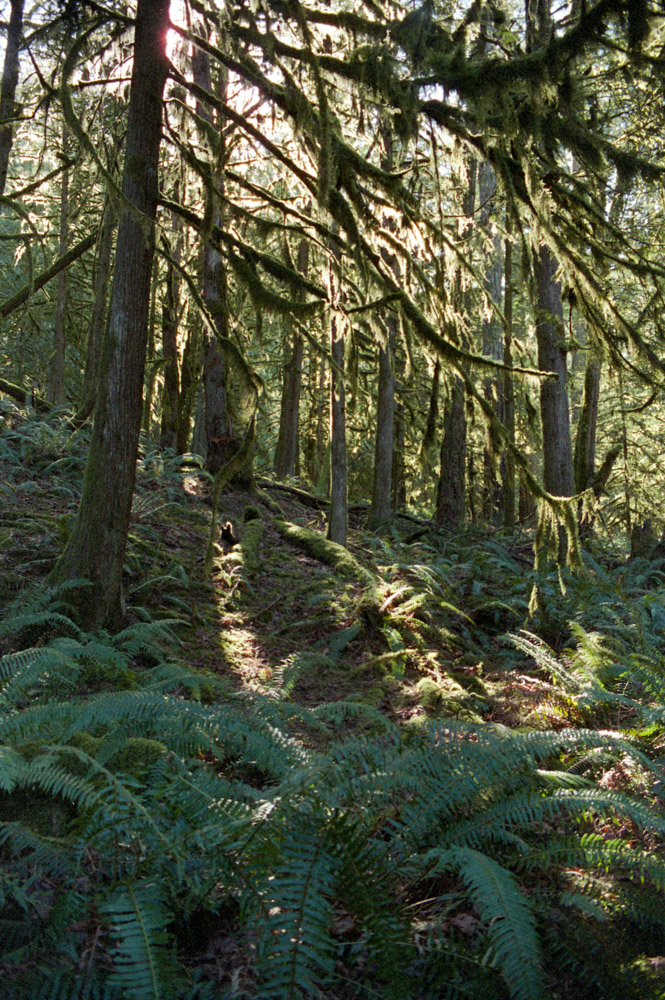
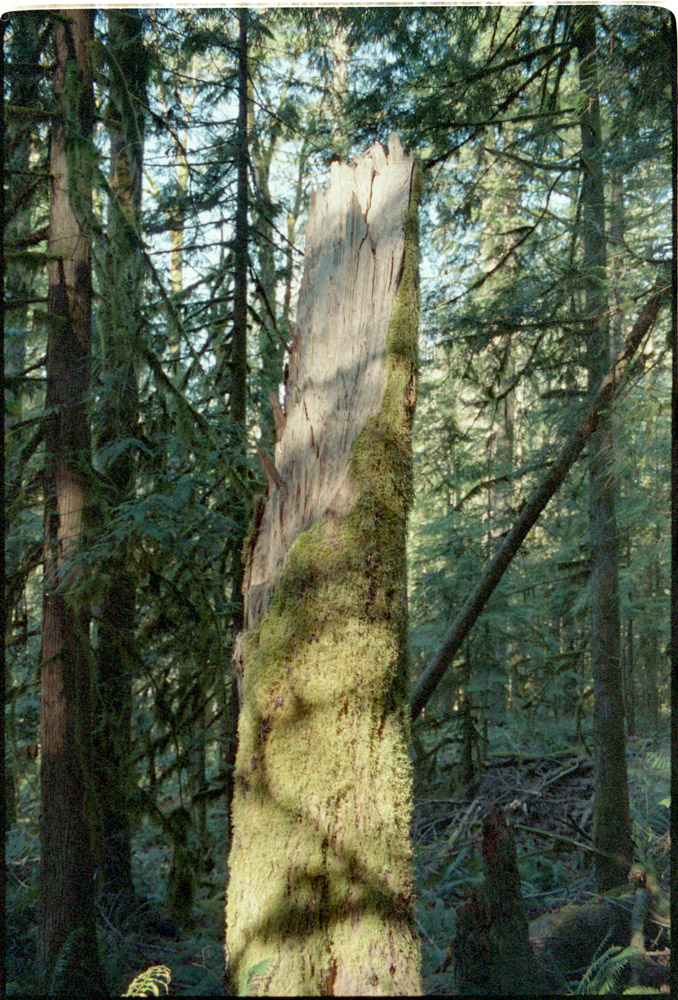

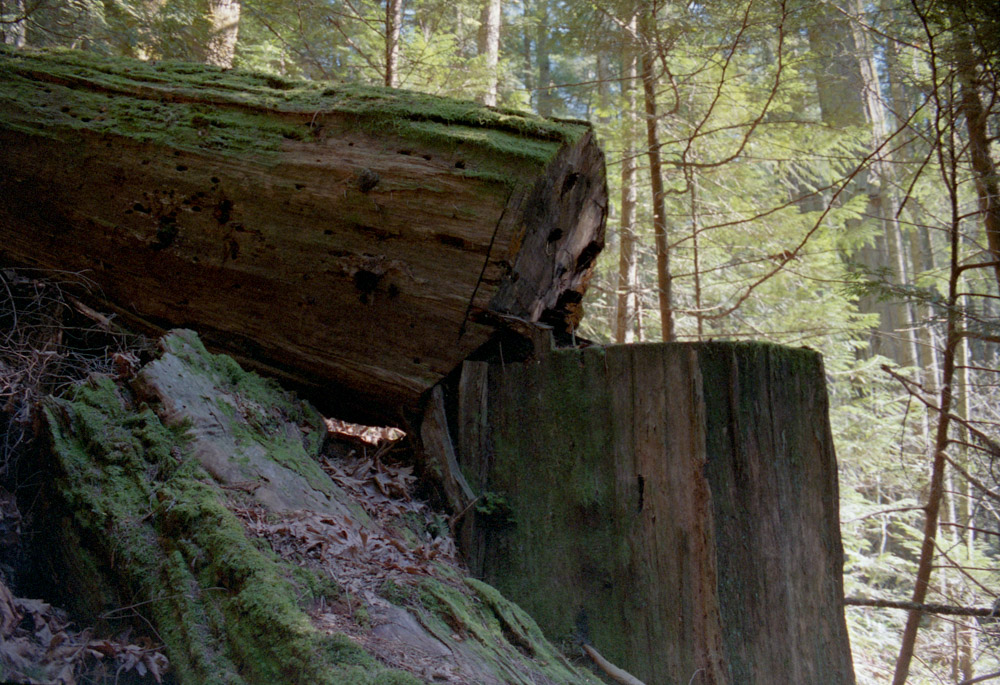
So for the ultimate test I took some shots with the lens wide open which in this case is f2.8
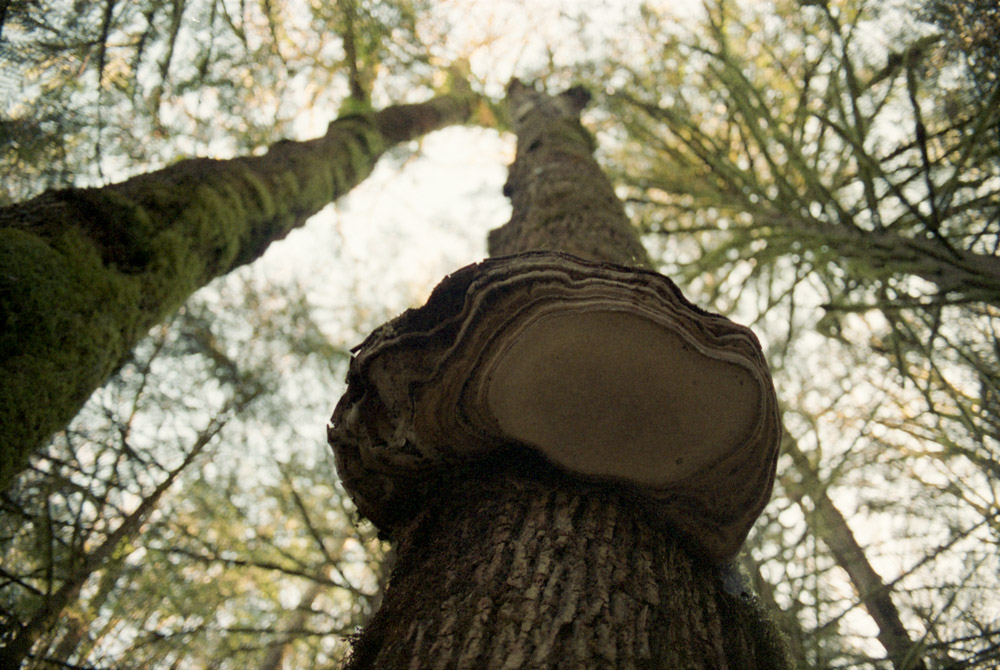
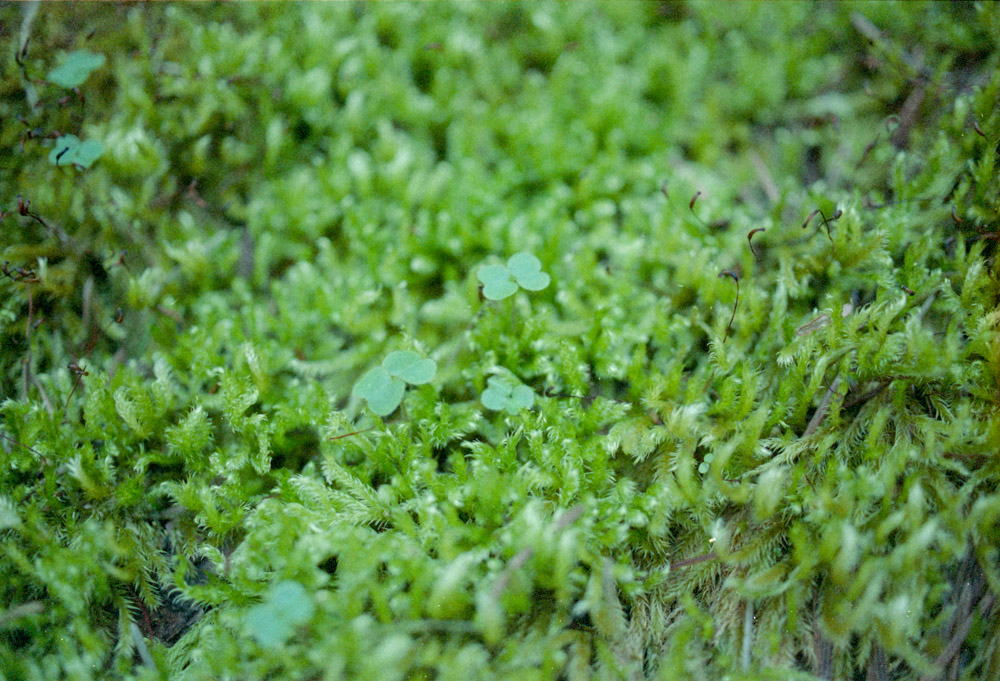
The DA 35 ltd worked so well with my 35mm film SLR that I will have no hesitation using it again for film or with a future ‘Full Frame’ DSLR. I had seen elsewhere on the internet that it didn’t work for 35mm film but that certainly contradicts my finding. What vignetting exists I do not find at all objectionable and if you choose to it could be easily counter acted in software. The one caveat being that using the built in lens shade at full extension would certainly end up darkening the corners as its effect is even visible in the Pentax MZ-6 92% coverage viewfinder.
Similar things can be seen here DA 40 XS on film
1 comment | posted in Cameras, Photography
Mar
20
2015
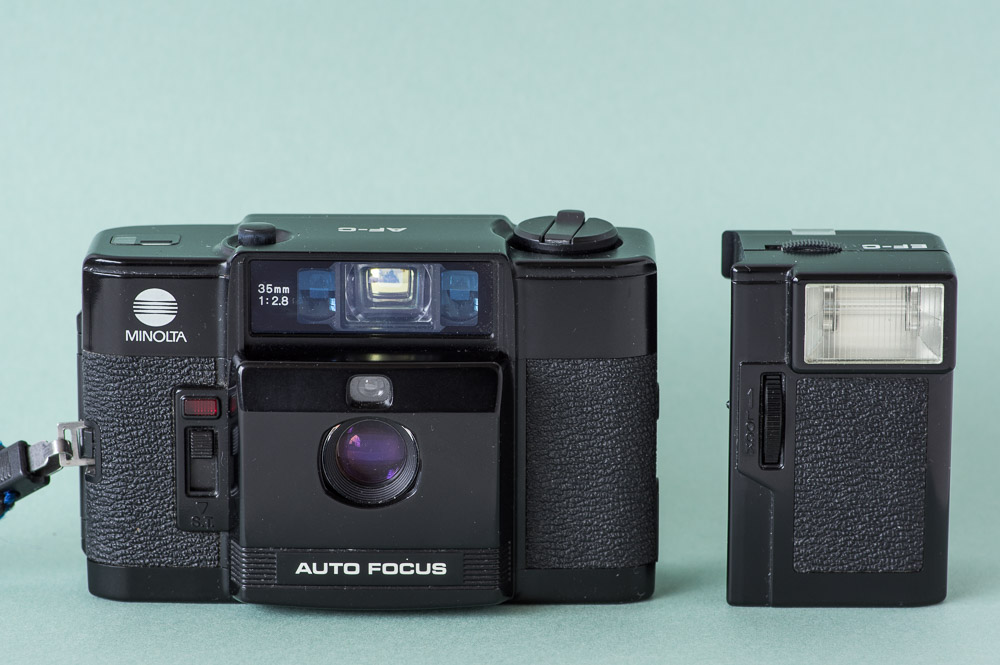
In 1983 a state of the art computer storage was the 5 1/4 floppy disk 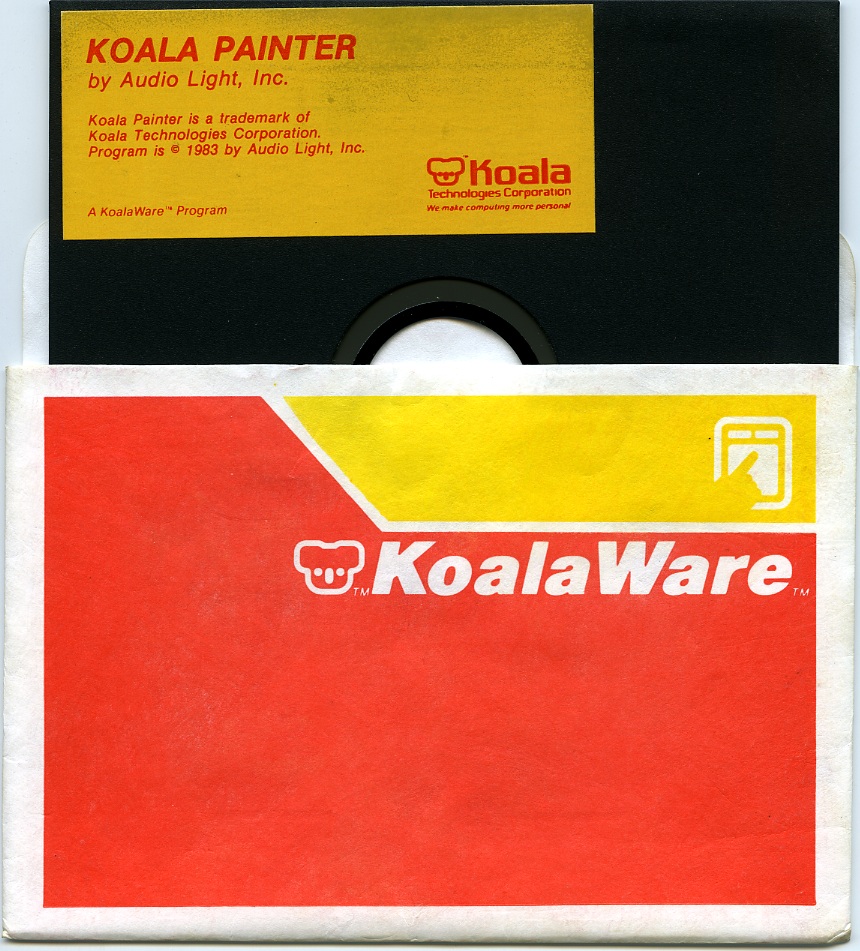 < and cars looked like this
< and cars looked like this 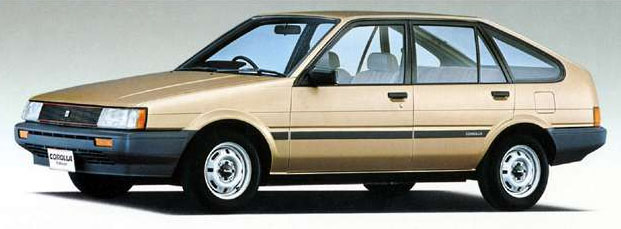 For cameras state of the art was anything with autofocus. Even better was if you added AF to the name or put it on the front so everyone knew it. The Minolta AF-c is an example of the transition to fully automatic cameras, it still has a manual film advance using a thumbwheel rather than a motor but otherwise is fully automatic. The shutter goes from 1/8 second at f2.8 to 1/430 sec at f17 which is a usable range and then there is always the attachable flash that can be used in lower light situations. The lens on this camera is composed of six elements with the rear element moved for focusing making the camera appear outwardly that it has not responded. Optically the lens the lens performs very well across the entire frame even into the corners. Despite the compact nature of the camera, it weighs a solid 230g.
For cameras state of the art was anything with autofocus. Even better was if you added AF to the name or put it on the front so everyone knew it. The Minolta AF-c is an example of the transition to fully automatic cameras, it still has a manual film advance using a thumbwheel rather than a motor but otherwise is fully automatic. The shutter goes from 1/8 second at f2.8 to 1/430 sec at f17 which is a usable range and then there is always the attachable flash that can be used in lower light situations. The lens on this camera is composed of six elements with the rear element moved for focusing making the camera appear outwardly that it has not responded. Optically the lens the lens performs very well across the entire frame even into the corners. Despite the compact nature of the camera, it weighs a solid 230g.

So if you can find one of these little beauties you will have yourself a terrific little camera and some serious 1980’s fun.
One thing about one camera: There was also a silver version made that went to 1000 ISO but it’s even more rare.
no comments | posted in Cameras, Photography
Mar
16
2015

I volunteered to assist, as a chaperone, a group of high school photography students. It was fun and I actually had some time to take pictures of my own when I wasn’t looking out for cars or trying to keep everyone together. The students really were engaged and often would take great care to create the image they wanted. I used my Yashica GX and those images can be seen here Yashica Electro 35 GX with Portra 800 but I also had my little Pentax Q7 as well as the Fuji DL mini so here are a mix of digital and film images.
I make no comment on what can and what can not be achieved with the two mediums but here are two snap shots taken from the same location and roughly the same focal length.

no comments | posted in Art observations, Cameras, Photography
Mar
4
2015

Back in 1999 this camera would have cost you around $230 while a just emerging 1.5mpixel digital camera would have set you back 2-3 times as much and trust me digital cameras of that time would not win any design awards for their aesthetic beauty.
 Thanks for proving my point Sony Mavica FD91.
Thanks for proving my point Sony Mavica FD91.
I really like the design of the camera the rubber material references the use of leatherette from the past without mimicking it and the metal body is sleek and looks great too. When not deployed the flash is barely visible adding to that minimalist look.
While the lens is able to produce fantastic results in good light it is let down by its slow aperture. So slow in fact that Canon neglected to provide specifications for it in their literature although they were able to tell us that it has ‘Super Spectra’ coating on its 7 elements in 6 groups (Its f4.5-10.9 if your really curious)
One thing about one camera: The Canon Sure Shot Classic 120 uses a hybrid autofocus system. It initially sends out an IR beam if that isn’t reflected back to the camera it then switches to a passive AF sensor that looks for contrast in vertical or horizontal lines. That may sound familiar in terms of a modern DSLR’s autofocus but remember this is a film camera it had to have a separate CCD sensor just for this purpose.
no comments | posted in Cameras, Photography
Mar
1
2015
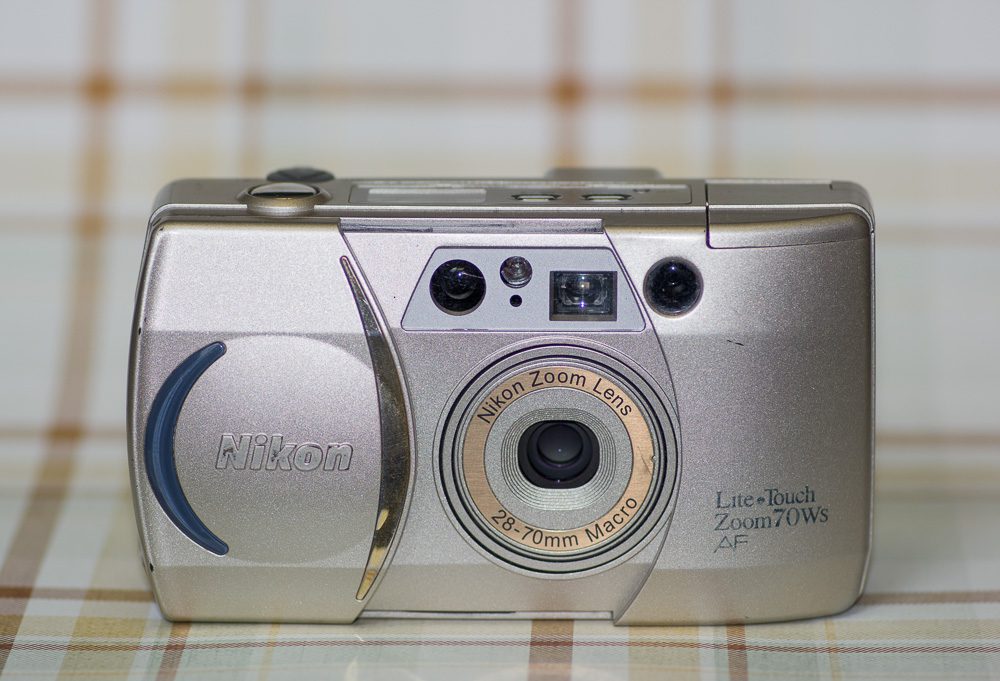
Nikon Press release ‘This camera is targeted at those looking for a lens-shutter camera with a wide-angle zoom lens, as well as those who want to be able to take pictures easily virtually anytime, anywhere.’
Thanks Nikon just what I was looking for a camera with a lens and a shutter because the pinhole coffee tin I was using everywhere all the time just wasn’t cutting it. After all the marketing drivel what you have left is a plastic camera with a 28-70mm f5.6-10 lens. Its nothing to write home about or Snapchat about as the kids say. ( If your reading this past 2015, Snapchat was a photo messaging service where the message disappears after a period of time I’m sure something else has come along to replace it by now) Back to the camera, as much as I wanted to like this camera because of the 28mm wide end it just isn’t that good and 5.6 as a maximum aperture at 28mm is pretty slow. It’s because of cameras like this that we shoot digital today.
I will cut the camera a little slack as I always seem to do. The film I used was 400 speed drugstore film that I got from a sandwich bag at a thrift store so there is always hope for a better tomorrow.
no comments | posted in Cameras, Photography
Feb
26
2015
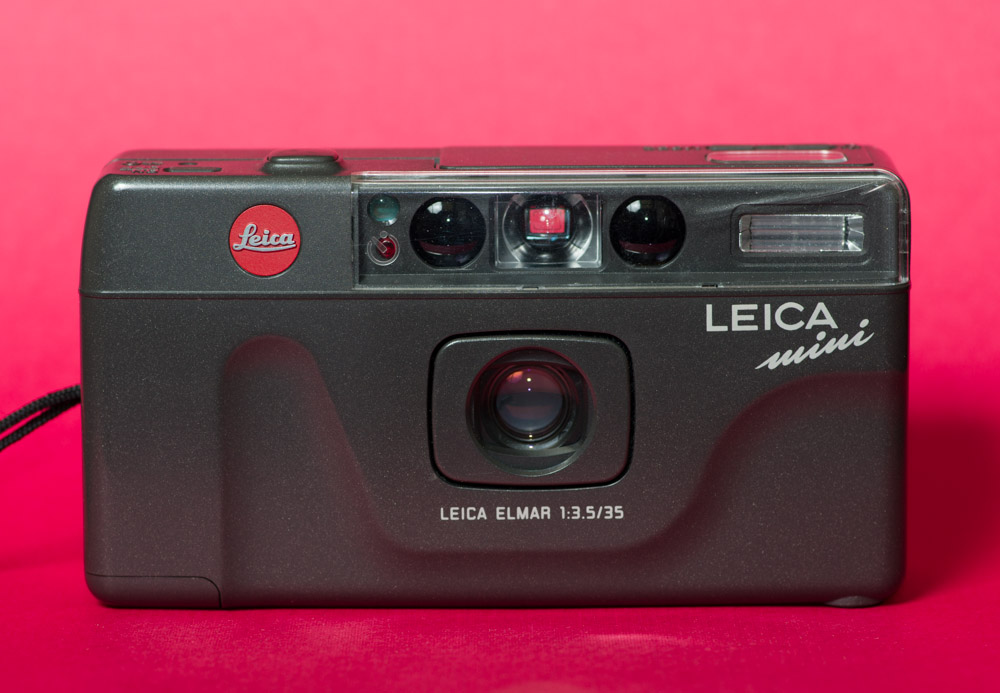
The Leica Mini cost about $300 when it was new while the Minolta Freedom Escort cost about $85 I’ve written previously about how these are for all intents and purposes the same camera. Fraternal twins? Leica and Minolta
Despite this knowledge the gravitational pull of the Leica still seems to draw me in as it obviously has others. It’s true Leica have created some incredible photographic equipment and I guess this halo allowed them to charge more for the same thing such as the Leica Digilux 4.3 which was essentially a Fujifilm 4700 or the Leica Digilux 3 which was the same as a Panasonic Lumix DMC-L1 and there were and are more examples. There is always just enough modification to at least create the plausibility of justification whether it’s the lens or firmware. In the case of the Leica Mini its the lens that is different but from what I can see there is little or no gain over the Minolta. See what I just did there? Even I hedged my bet that there could be a difference, what am I afraid of, the not so secret society the Leicati? If having a Leica is something that matters to you then this is a good one to have it’s cheap and decent and has a red dot but if you can’t find one you could always just put a red dot on the Minolta.

no comments | tags: film camera, Leica | posted in Cameras, Photography
Feb
21
2015
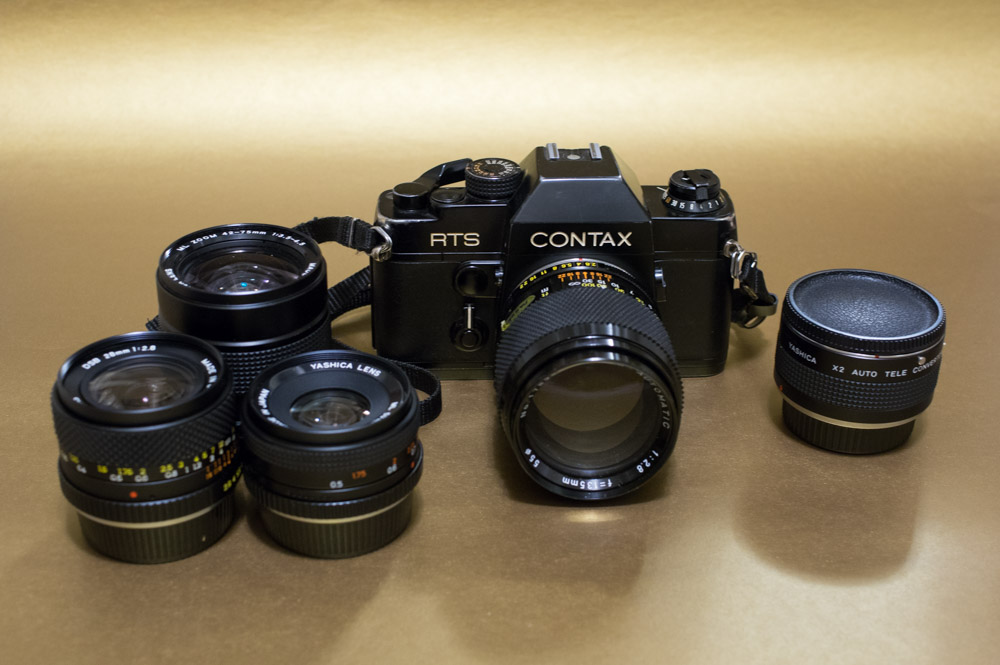
There is a ‘feature’ of the Contax RTS that has now bitten me twice. On many SLR’s of its vintage with manual film advance the film rewind level turns to indicate that the film is actually advancing. Not so with the RTS it has a fancy system that allows the rewind lever to remain stationary even when the film advances but that is also exactly what it also looks like when the film isn’t advancing at all. To be fair I should have double and triple checked that it was working but in my excitement to continue taking pictures I guess I forgot. So after quite some time and 36 blank frames of missed opportunity I discovered my error. That put a damper on what was otherwise a great day where I also saw and bought some fantastic art cards from a fellow photographer. Here is the GPS track of my photographic excursion so I will actually re-cover the ground at some point where I have no images.
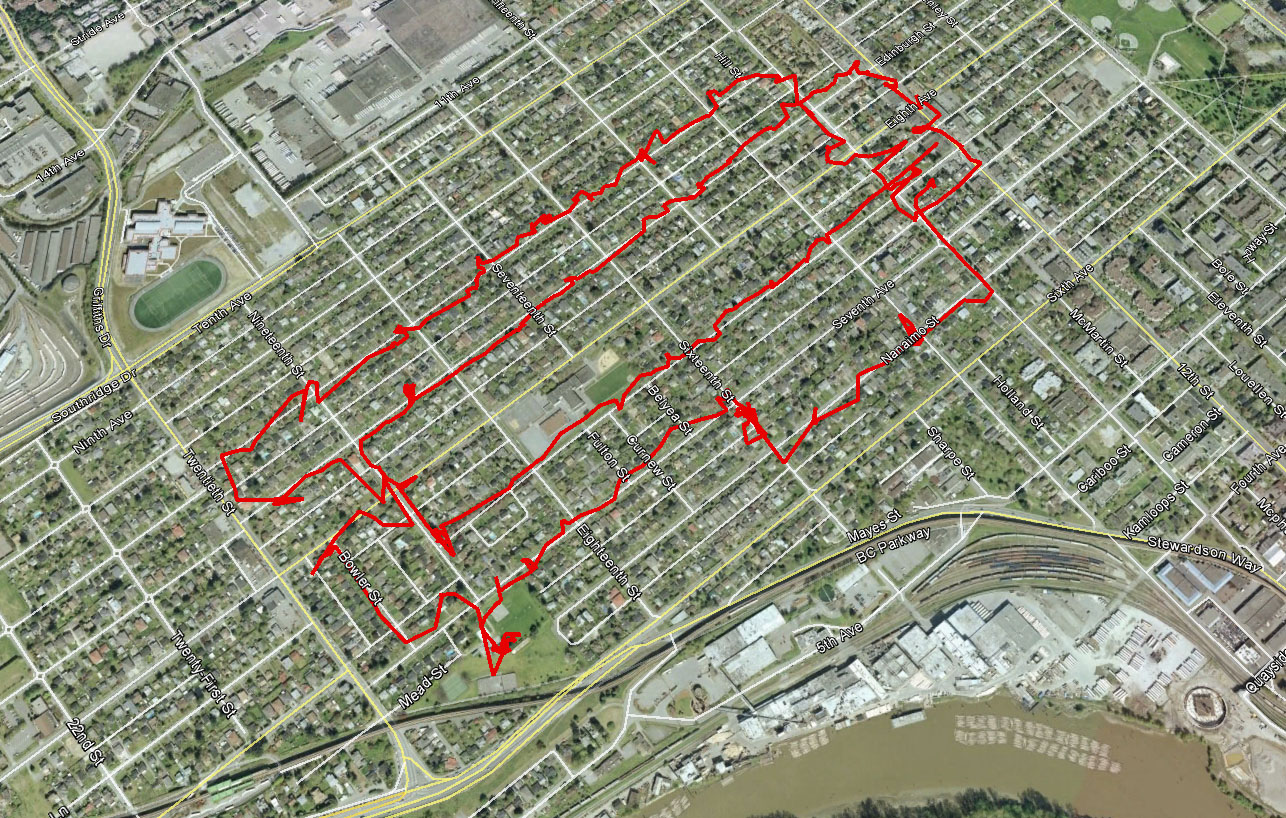
It’s tough because I can remember several pictures that I thought I took and was quite pleased with. I really hope the other camera I was using for the first half of my tour worked.
A little bit of information for thought: A 35mm 36 exposure roll of film is about 1.4meters long, a 32Gbyte card will store about 600 RAW images from my Pentax K-3 DSLR which if it where film would be about 23.3meters long. That amount of film canisters would also weigh around 375g not that I would shoot that much film in a day.
Provided the first 24 exposure roll from the RTS turns out I will have a little mini review and further rant at that time.
3 comments | posted in Cameras, Photography





